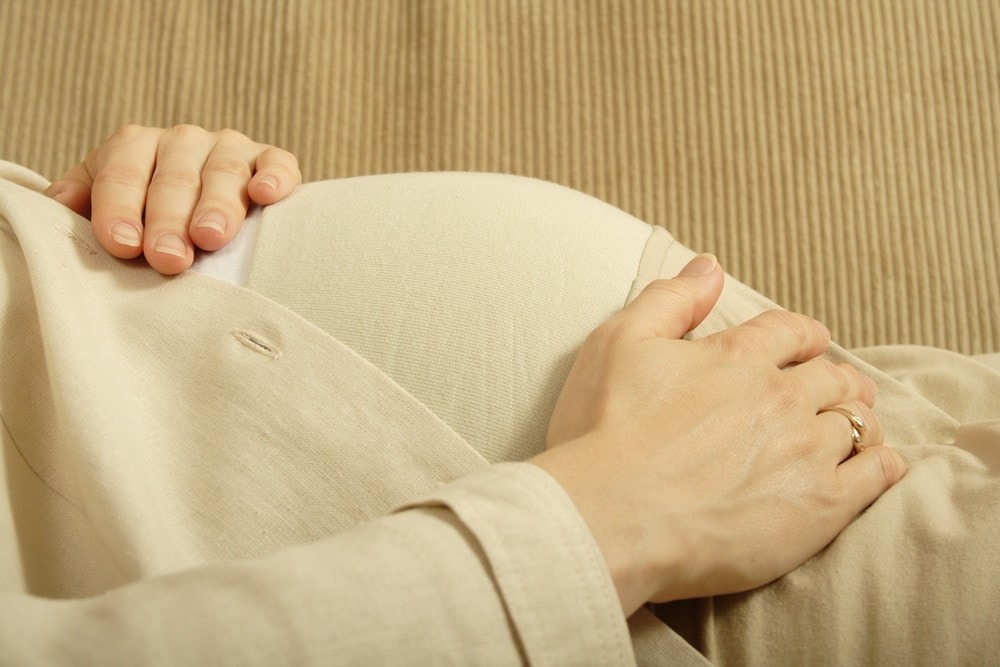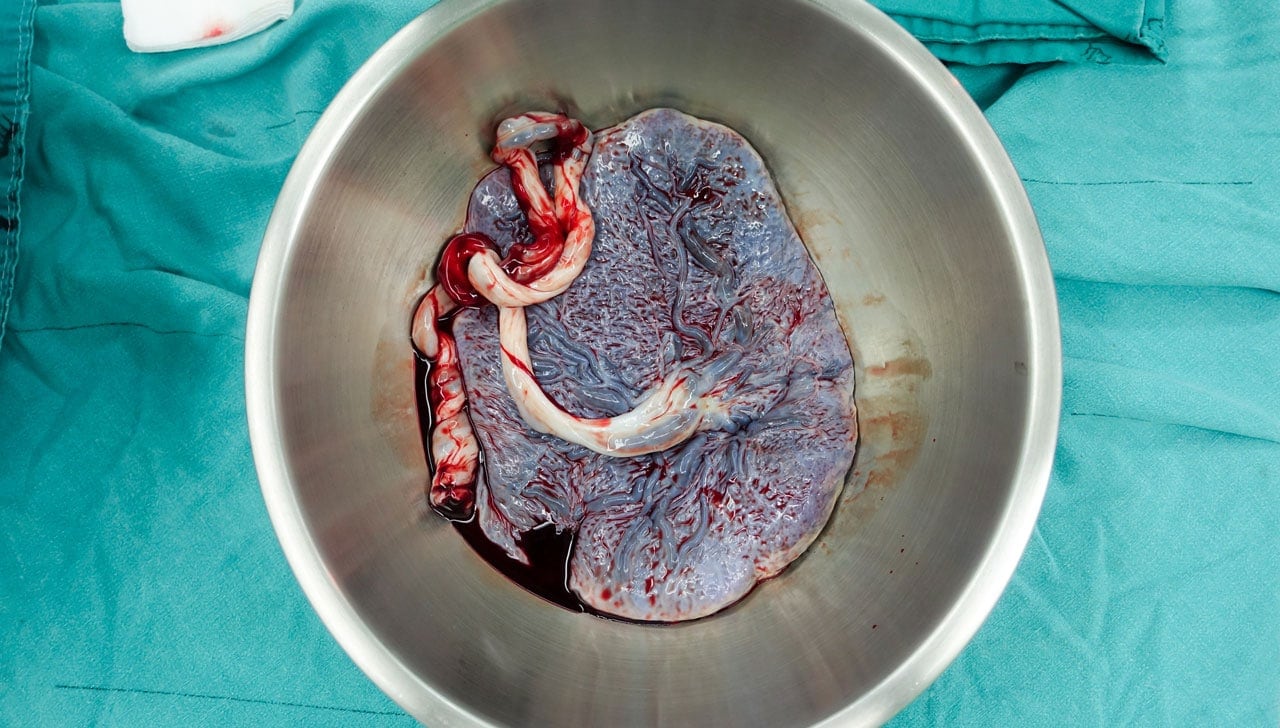You might have heard the funny phrase “Braxton Hicks contractions” before you were pregnant, but now you want to know what it means. The term originated in 1872 when an English doctor named John Braxton Hicks described the contractions that occur before real labor. Imagine constantly thinking, “This must be it,” only to find out that it wasn’t. Doctors and pregnant women have Dr. Hicks to thank for eliminating the confusion. The following information should be helpful in determining the difference between true labor and Braxton Hicks contractions.
What Are Braxton Hicks Contractions?
Braxton Hicks contractions can begin as early as the second trimester. However, they are most commonly experienced in the third trimester. When this happens, the muscles of the uterus tighten for approximately 30 to 60 seconds, and sometimes as long as two minutes.
Braxton Hicks are also called “practice contractions” because they are a preparation for the real event and allow the opportunity to practice the breathing exercises taught in childbirth classes.
What do Braxton Hicks contractions feel like?
Braxton Hicks contractions start as an uncomfortable but painless tightening that begins at the top of your uterine muscles and spreads downwards. They cause your abdomen to become very hard and strangely contorted (almost pointy). Once you get closer to your estimated due date, they will become more frequent and intense.
They are described as:
- Irregular in intensity and usually last about 15 to 30 seconds, but sometimes as long as two minutes
- Infrequent
- Unpredictable
- Non-rhythmic
- More uncomfortable than painful (although for some women Braxton Hicks can feel painful)
- They do not increase in intensity or frequency
- They taper off and then disappear altogether
If your contractions are easing up in any way, they are most likely Braxton Hicks.
What Causes Braxton Hicks Contractions?
There are possible causes of these contractions. Some physicians and midwives believe that they play a part in toning the uterine muscle and promoting the flow of blood to the placenta. They are not thought to have a role in dilating the cervix but might have some impact on the softening of the cervix.
However, as Braxton Hicks contractions intensify nearer the time of delivery, the contractions are often referred to as false labor. When this occurs, it can help the dilation and effacement process.
What Triggers Braxton Hicks Contractions?
The following are triggers of Braxton Hicks:
- When the mother or the baby is very active
- If someone touches the mother’s belly
- When the bladder is full
- After sex
- Dehydration
What Can I Do to Alleviate Braxton Hicks Contractions?
- Change positions. You can lie down if you have been standing or go for a walk if you have been sitting or laying
- Take a warm bath for 30 minutes or less
- Because contractions may be brought on by dehydration, drink a couple of glasses of water
- Drink a warm cup of herbal tea or milk
If none of these steps work, you should contact your health care provider.
Want to Know More? Read the Following Articles:
Compiled using information from the following sources:
1. William’s Obstetrics Twenty-Second Ed. Cunningham, F. Gary, et al, Ch. 17.
2. Mayo Clinic Guide To A Healthy Pregnancy Harms, Roger W., M.D., et al, Ch. 11.






